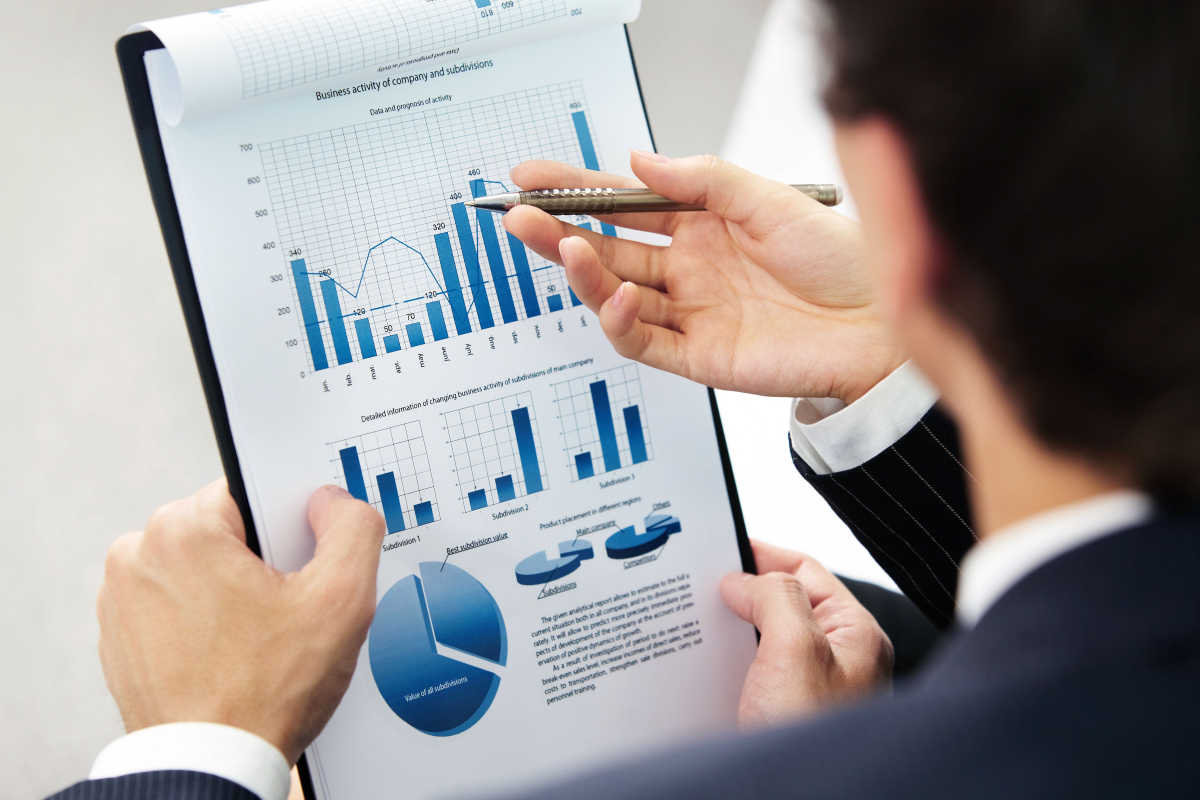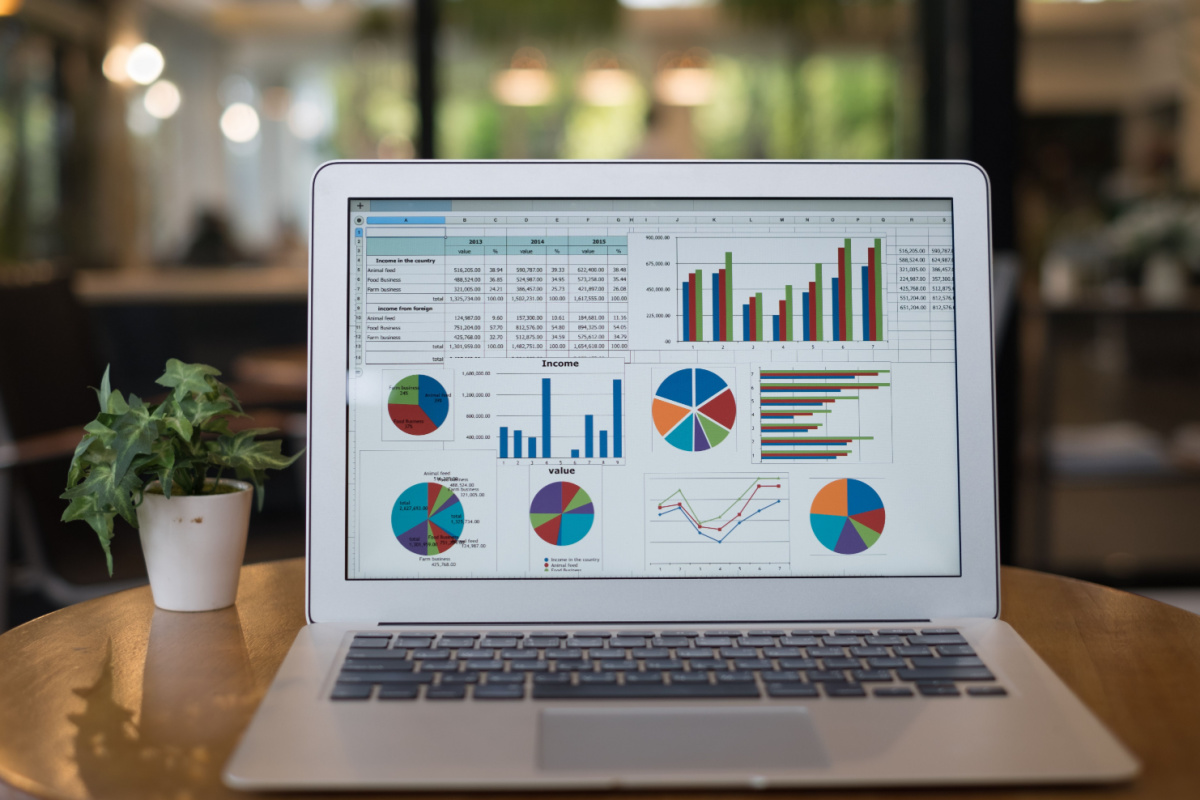While navigating through the world of business finances, a good starting point is learning how to categorize expenses. This task, though seemingly simple, can have a profound impact on your business's financial health. By carefully creating a list of business expense categories, every transaction finds its right place, ensuring accuracy in your financial records.
Not only does this bring clarity to your budgeting, but it also smartly positions you for maximizing tax deductions. Let's embark on this journey to refine your financial management skills.
A tax-deductible business expense is money spent on running the business, which can be subtracted from its income to reduce how much tax it has to pay. For an expense to qualify, it needs to be both ordinary and necessary.
An "ordinary" expense is one that's common and accepted in your business industry, like office rent or utility bills. A "necessary" expense is one that's helpful and appropriate for your business, such as employee salaries or office supplies.
Think of it like this: if a business earns $100,000 in a year and spends $20,000 on tax-deductible expenses, it only has to pay tax on $80,000. This is because the $20,000 is subtracted from the total income.
Navigating the complexities of business finance involves a clear understanding of which expenses can be deducted from your taxable income and which cannot. Let’s take a look at the distinctions with examples:
|
Type of Expense |
Description |
Examples |
|
Deductible Expenses |
Costs that can be deducted from business income, reducing the tax burden. Common in business operations. |
|
|
Nondeductible Expenses |
Expenses that cannot be used to reduce tax burden. Often personal or not directly linked to business operations. |
|
In business finance, understanding expense categories aids in organizing and analyzing costs effectively. Below is a list of common business expense categories:
Categories for business expenses are a key component in managing a business effectively. It's more than just keeping financial records in order; it's about gaining deeper insights into your business operations.
 Let's look into why accurate categorization of business expenses is a significant factor in business management:
Let's look into why accurate categorization of business expenses is a significant factor in business management:
Tracking expenses can present several challenges for businesses, particularly small ones.
 Here's a list of common issues they might face:
Here's a list of common issues they might face:
Keeping expense records up to date, especially in a dynamic business environment, requires constant attention. You can automate the expense tracking process using cloud-based software such as QuickBooks Online, Xero, or FreshBooks. These tools can sync with bank accounts and credit cards, automatically updating expenses in real-time. Setting up regular (weekly or monthly) review sessions can also ensure that any discrepancies are addressed promptly.
Managing physical or digital copies of receipts for accurate record-keeping poses an organizational challenge. Instead, utilize digital tools that specialize in receipt management. These can include mobile apps like Expensify, Receipt Bank, or Evernote. They allow users to take photos of receipts, automatically categorizing and storing them. Cloud storage can also be used for easy access and backup.
Seamlessly integrating expense tracking with other financial management systems, like accounting software, can be technically challenging. Choose expense-tracking software like Concur, Expensify, and Sage that offer integration capabilities with popular accounting systems. This integration facilitates real-time data transfer and coherence between systems, simplifying financial management.
For small business owners, keeping personal and business expenses separate can be difficult, particularly in sole proprietorships. Use separate bank accounts and credit cards for business and personal expenses. Employ expense tracking software like FreshBooks or Wave that allows for categorization, helping in clearly separating business expenses from personal ones.
Staying compliant with tax laws and regulations when recording and categorizing expenses requires thorough knowledge and regular updates. Regularly consult with a tax professional or use updated accounting software like TurboTax Business and TaxAct Business Edition that are designed to be compliant with current tax laws. These tools often include features that alert users to potential compliance issues.
Incorrect or incomplete expense tracking can lead to inaccurate budgeting, impacting financial planning and decision-making. Ensure rigorous and consistent tracking practices, possibly supported by automated tools like Mint, YNAB, or PocketGuard. Regularly reconcile recorded expenses with bank statements to maintain accuracy.
The time required for meticulous expense tracking can be substantial, taking away from other business activities. Implement time-saving tools such as Neatfiles or Expensify that integrate with accounting software. Delegate or outsource expense tracking activities to specialized staff or external services to free up valuable time for core business functions.
Categorizing business expenses is a practical step for managing small business finances, offering benefits beyond just tax preparation. It aids in budgeting, tracking financial performance, identifying cost-saving opportunities, and providing clear insights for strategic decision-making.
 Here's a streamlined approach:
Here's a streamlined approach:
Categorizing business expenses can lead to various questions, particularly for small business owners focused on accurate record-keeping and making the most of tax deductions. Below are some frequently asked questions to help simplify this process:
To stay on top of business finances, it's advisable to review and categorize expenses weekly. This practice helps in maintaining current and accurate financial records, making monthly and quarterly financial reviews more manageable and efficient. Regular categorization also simplifies tax preparation and financial analysis.
To determine if an expense is tax-deductible, evaluate if it's both ordinary (common in your industry) and necessary (helpful and appropriate for your business). Consult the IRS guidelines or a tax professional for specific rules related to your business type. Regularly updating and reviewing your categorized expenses can also aid in identifying eligible tax deductions.
For expenses that are not a regular part of your business operations and don't fit into existing categories, create a specific category like 'Special Projects' or 'One-time Expenses'. Be sure to keep detailed records of these expenses and review them periodically. If certain types of expenses recur, consider creating a dedicated category for them in the future.
Large, one-time purchases should be categorized as 'capital expenses'. Examples include buying new equipment and vehicles or renovating your office space. These are not regular operational expenses and often qualify for different tax treatment. Keep detailed records and receipts of these transactions for accurate accounting expense categories.
Effective categorization of business expenses is a cornerstone of sound financial management for small businesses. It's not just about keeping records in order; it's about gaining insights into spending, ensuring compliance with tax laws, and making the most of potential tax savings.
The strategies and insights shared in this article are designed to guide small business owners toward a more organized, efficient, and financially savvy approach to handling their business expenses.